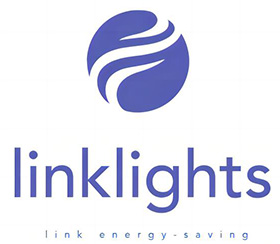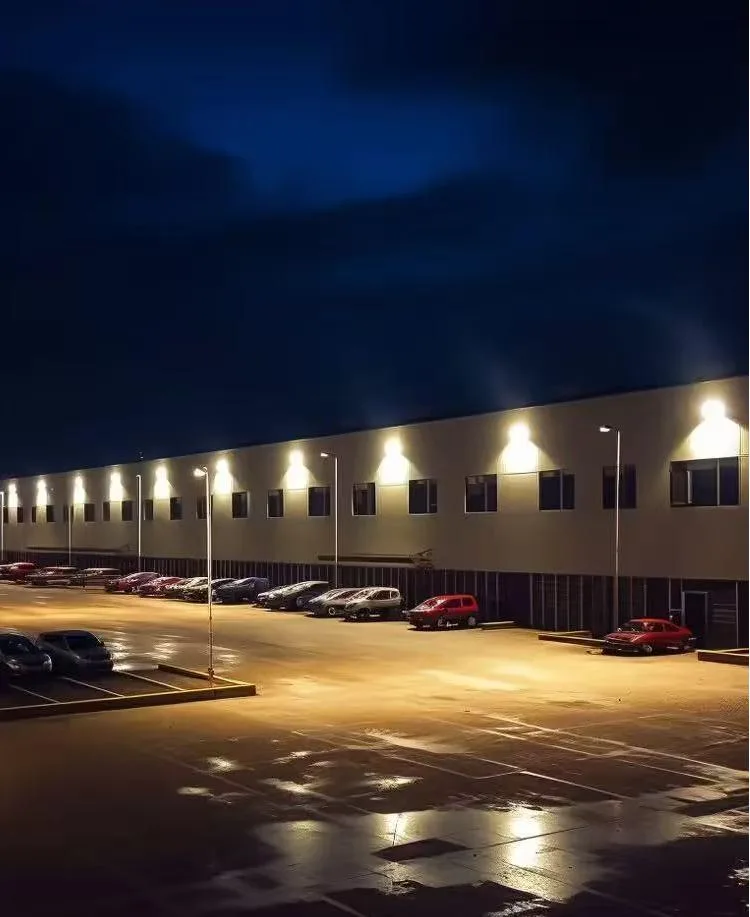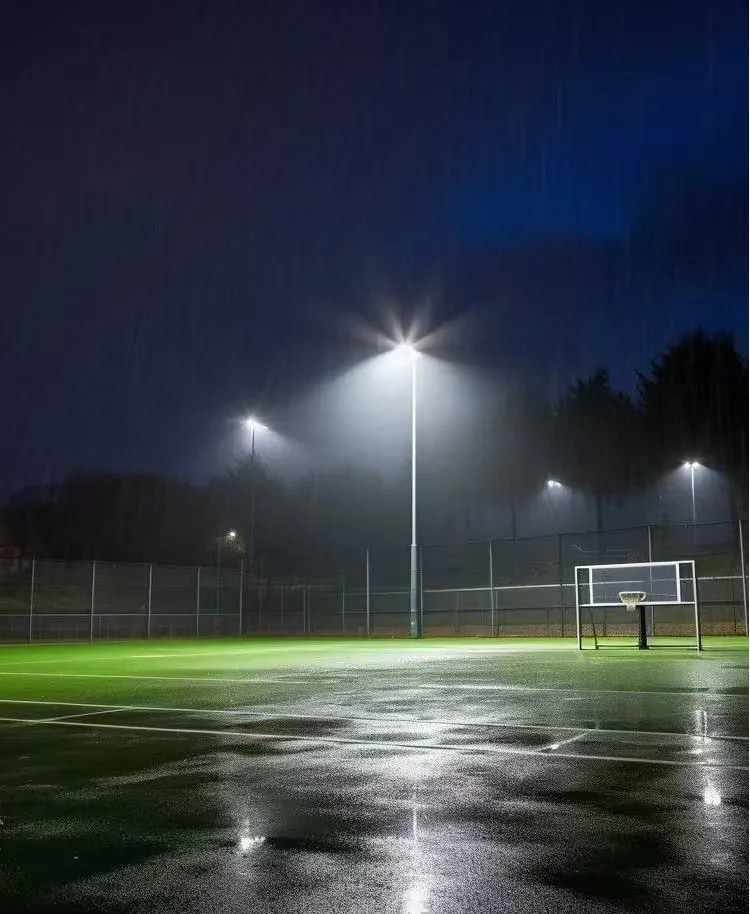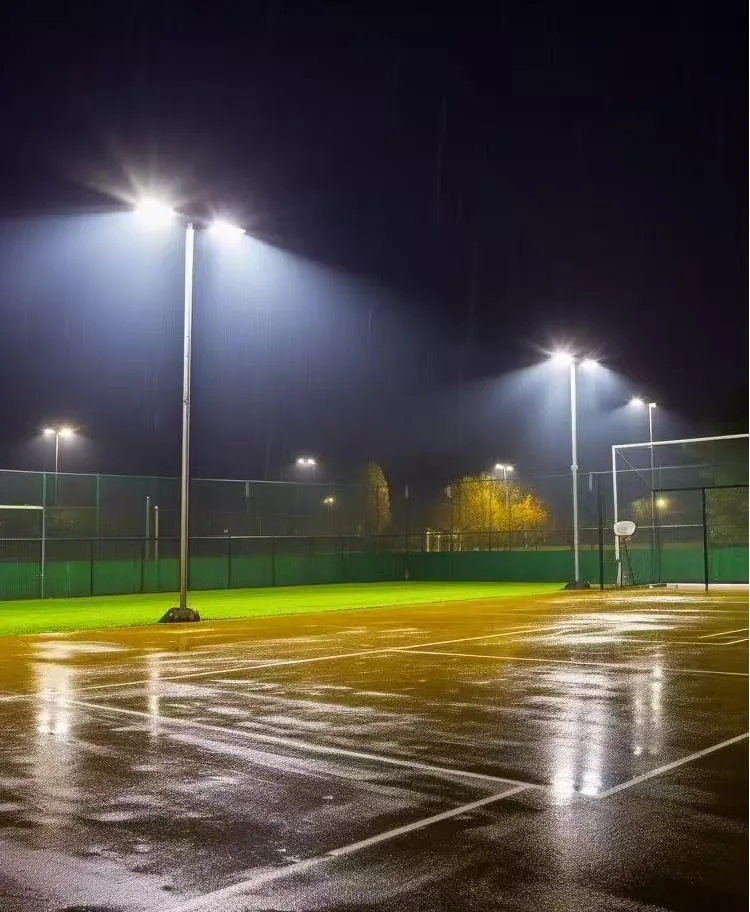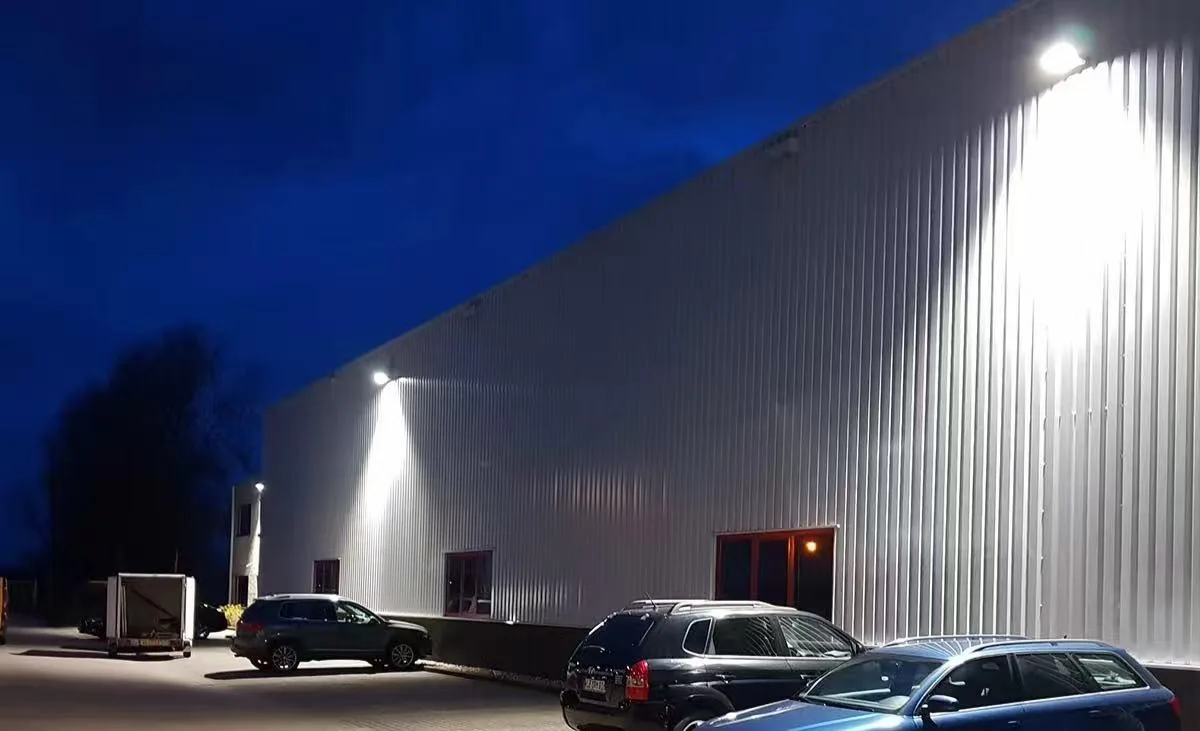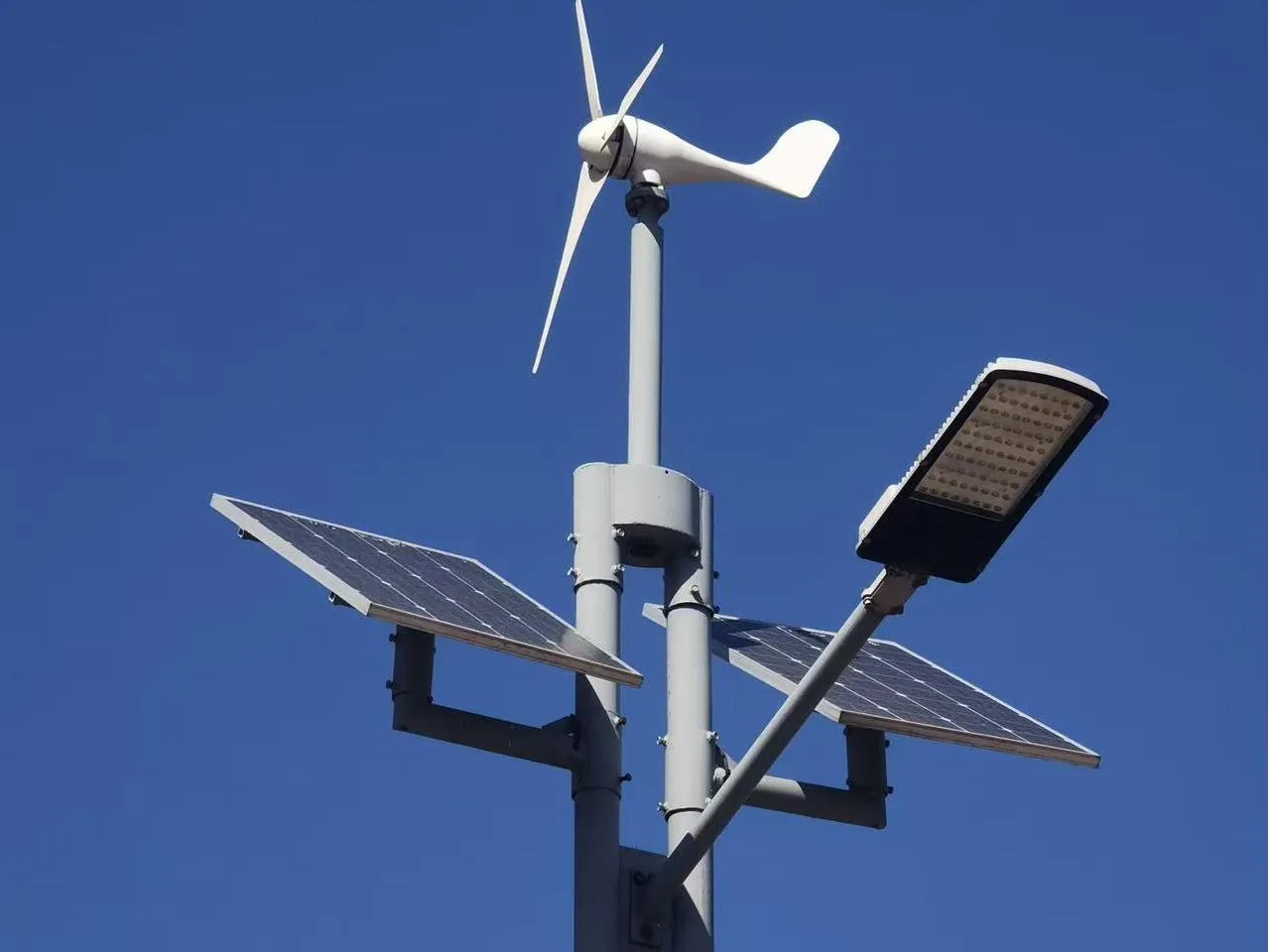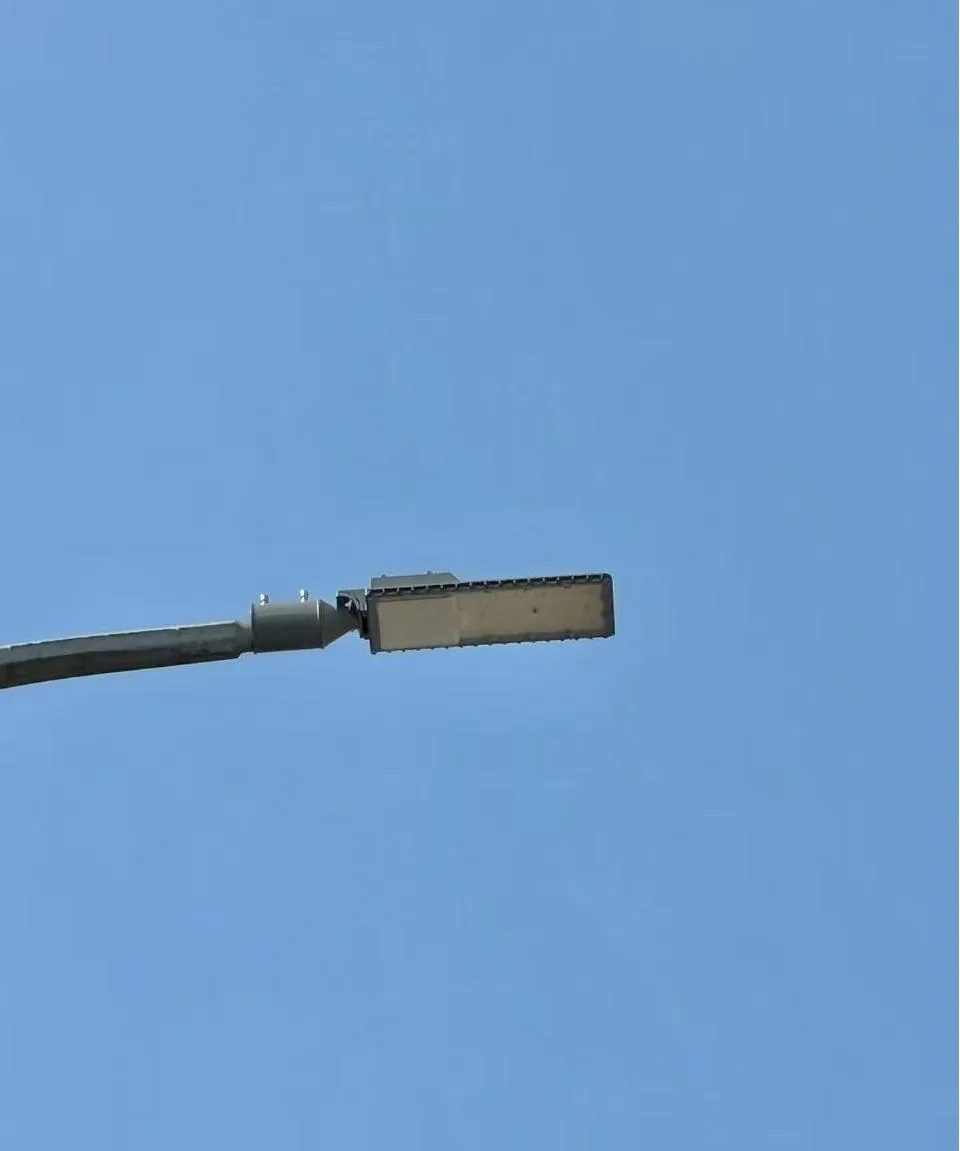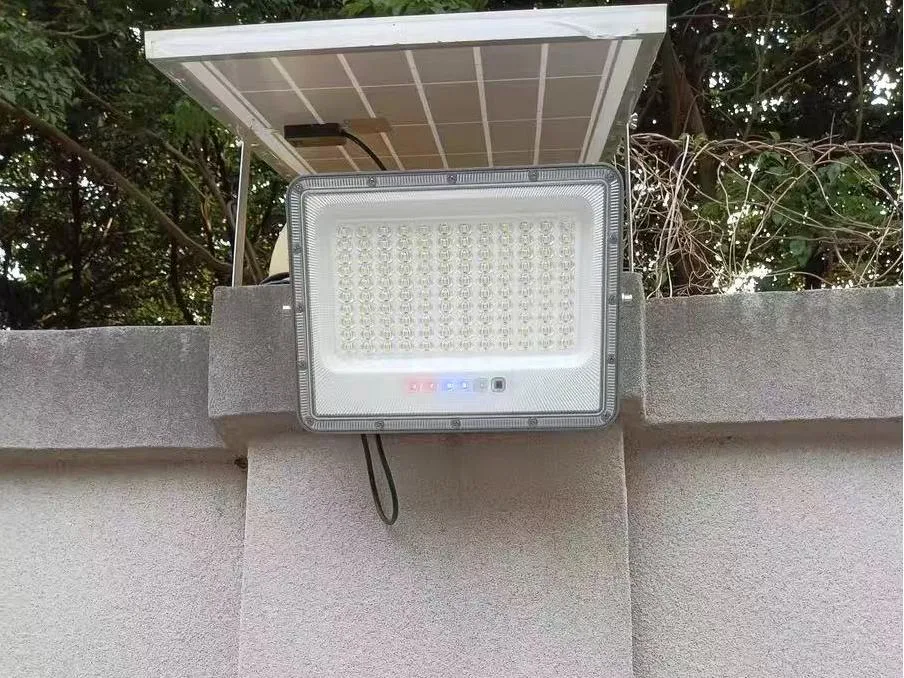Introduction
LED flood lights are now widely used to light roads, factories, ports, stadiums, and building exteriors. They save energy, last a long time, and give better control than metal-halide or halogen lamps.But LED flood lights also have technical challenges.For B2B buyers, lighting designers, engineers, and procurement teams, it is important to know the limits, risks, and environmental concerns of LED flood lights before using them in large projects.
This article gives a clear, data-based review and refers to well-known lighting standards like IES LM-80, TM-21, LM-79, IEC 60598, EN 13032, and UGR glare rules. It also includes lessons from real commercial projects.
Understanding LED Flood Light Disadvantages Through Standards and Data
How Major Standards Define Acceptable Performance
To classify a lighting limitation as a “disadvantage,” we reference how major lighting standards define acceptable performance:
IES LM-80 / TM-21
These standards define lumen maintenance and allow the estimation of L70 (end-of-life) for LED sources.
For example, TM-21 extrapolates L70 based on LM-80 data at 85°C. In typical road lighting applications, L70 predictions based on 6,000h to 10,000h tests provide an estimated lifetime of 50,000 hours or more. This is especially critical for outdoor lighting applications where long-term reliability is essential.
IES LM-79
Defines how to measure lumen output, efficacy, distribution, CCT, and CRI in a controlled environment.
For example, measuring CCT is crucial in façade lighting, where color accuracy is critical for aesthetic value. Many products tested under LM-79 show significant CCT drift when exposed to higher ambient temperatures, influencing the final lighting quality.
EN 13032 / CIE 121
This standard specifies photometric performance and uniformity for lighting systems.
For street lighting, uniformity thresholds like Uo ≥ 0.4 and Ul ≥ 0.7 ensure consistent illumination across road surfaces, crucial for pedestrian and vehicle safety.
IEC 60598-1
Defines luminaire safety requirements such as IP ratings, impact resistance, and thermal performance.
For coastal regions where high salt mist is common, ensuring an IP66/IP67 rating (dust and water resistance) is vital to prevent internal corrosion.
UGR (Unified Glare Rating)
Defines glare thresholds:
UGR < 19 → low glare for indoor precision tasks.
UGR < 25 → acceptable for general outdoor lighting.
UGR > 28 → visually uncomfortable, especially in sports courts and parking lots.
Using UGR-compliant flood lights avoids discomfort in stadiums or high-traffic areas
Higher Upfront Cost Due to Component Engineering Requirements
Compared with legacy lighting, LED flood lights require a more complex bill of materials:
Component Cost Breakdown
| Component | Share of BOM | Notes |
| LED Board | 20–35% | 3030/5050 chips; LM-80 tested packages |
| Heat Sink | 15–30% | ADC12 die-cast aluminum; Rθ critical |
| Driver | 20–25% | Surge 6kV–10kV; MTBF > 50,000h |
| Optics | 8–12% | PMMA ≥ 92% transmittance |
| Housing / Seals | 10–15% | IP66/IP67 requirements |
How Poor-Quality Components Create Hidden Costs
The high upfront cost of LED flood lights is not inherently a disadvantage; rather, it’s the inconsistent pricing and low-quality components that lead to issues. Low-grade products often mimic industrial designs but lack critical features like surge protection, thermal management, high-capacity drivers, corrosion-resistant coatings, and impact-resistant lenses. These compromises cause premature failures, higher maintenance costs, and poor ROI in B2B applications where reliability and long-term performance are essential.
Thermal Sensitivity — LED Junction Temperature Limits Performance
LED chips generate heat at their semiconductor junctions. If the junction temperature (Tj) exceeds 85°C, the lifetime projections based on LM-80 and TM-21 become invalid, leading to inaccurate lifespan estimates and potential premature failure.
Thermal Data and Thresholds
Every 10°C rise in driver capacitor temperature reduces lifespan by 50%. For professional flood lights, the target thermal resistance (Rθ) should be ≤ 10°C/W. At ambient temperatures above 45°C, thermal droop can cause a 10–15% drop in lumen output, affecting overall performance.
Common Thermal Failure Scenarios
Thermal issues are the leading cause of early LED flood light failure. These problems arise in situations like under-eave mounting with restricted airflow, enclosed canopy areas near gas stations, coastal regions with high humidity and heat, and façade fixtures exposed to solar radiation on west-facing walls.
Glare and Light Pollution — High Luminance Issues
LEDs are inherently directional and have high luminance output.
Poorly controlled beam patterns cause:
Types of Glare in LED Flood Lighting
Discomfort glare results from excessive brightness in pedestrian zones. Reflected glare occurs from surfaces like the ground or glass. Spill light and intrusive light refer to light spilling onto adjacent properties, all contributing to unwanted visual discomfort and potential safety hazards in outdoor lighting.
UGR and GR Assessment for Flood Lights
A flood light with narrow optics mounted at low heights can produce UGR values > 28, causing discomfort outdoors. Sports courts and parking lots frequently receive complaints when flood lights create uncontrolled hotspots, leading to poor visibility and visual discomfort.
Common Causes of Glare
Common mistakes that increase glare include choosing wattage over beam distribution, mounting at 6–8 meters with 30° narrow optics, tilting fixtures beyond recommended angles, and using symmetrical beams instead of Type II/III/IV patterns, all of which lead to poor light distribution and visual discomfort.
Directional Beam & Uniformity Challenges
Photometric Thresholds (EN 13201)
LED flood lights use lenses to shape light distribution, and improper optical selection can cause a lighting plan to fail, even if wattage seems adequate. According to EN 13201 Uniformity Thresholds, overall uniformity (Uo) should be ≥ 0.4, and longitudinal uniformity (Ul) should be ≥ 0.7. However, low-cost flood lights often lack IES files for accurate simulation, making it difficult to achieve professional-grade uniformity and resulting in uneven illumination and subpar performance in critical applications.
Typical Non-Uniformity Issues
Common issues with LED flood lights include dark spots on industrial yards, bright centers with weak perimeters, shadow pockets under equipment, and insufficient vertical illumination for cameras. These problems arise when directional light output is not properly matched to mounting height, spacing, and the target surface. To achieve optimal performance, it is crucial to select the correct beam angle and fixture positioning, ensuring even coverage and minimizing light wastage, especially in applications requiring uniform illumination and visibility, such as surveillance or industrial lighting.
Color Rendering & CCT Stability Issues
Common CCT/CRI Problems
Professional lighting projects require consistent light quality, but low-cost LED packages often fall short. These units typically exhibit CRI values below Ra 70, Δuv drift > 0.006 (resulting in visible color shift), and rapid lumen depreciation under heat. They also produce a bluish tint (6000–6500K) that can be unpleasant for façades and may result in inconsistent color between fixtures. In applications such as architectural, retail, hospitality, and public-space lighting, poor color stability is unacceptable as it negatively impacts the visual experience and aesthetic integrity, making high-quality LED solutions essential for maintaining consistent and accurate illumination.
Environmental Vulnerability — IP, IK, Corrosion, and UV Risks
Key Environmental Tests
Outdoor flood lights are exposed to various environmental stressors, which require them to meet specific standards and tests to ensure durability and reliability. Key standards include IP66, which ensures the fixture can withstand water jets at 12.5 L/min; IK08, which tests resistance to 5 Joules of impact; and salt-spray testing (ASTM B117) for 480–500 hours to simulate coastal conditions. Additionally, UV exposure testing for lenses ensures the lenses maintain clarity and performance under prolonged sunlight exposure. These rigorous tests are crucial for flood lights used in harsh outdoor environments to prevent early failure and maintain long-term functionality.
Failure Modes
Low-quality flood lights are prone to several issues, including gasket hardening, housing corrosion, lens yellowing, water ingress, and condensation in driver chambers. These problems are particularly prevalent in harsh environments such as coastal areas, where salt exposure accelerates corrosion, chemical plants, which expose fixtures to chemicals and vapors, industrial yards with dust and fumes, and extreme cold regions, where freeze-thaw cycles cause damage to seals and housings. These environmental factors contribute to premature failure and reduced performance, highlighting the importance of high-quality components and protective coatings for reliable outdoor lighting.
Driver & Control Compatibility Issues
Electrical and Control Challenges
LED drivers are sensitive electronic components that can face several common issues, including a flicker index > 0.08, which can cause camera banding, and surge events > 2kV, which can damage unprotected drivers. TRIAC dimmer incompatibility can lead to buzzing or strobing, while motion-sensor loads may be mismatched with driver current, causing operational issues. For sites with CCTV monitoring, flicker or strobing can pose a significant risk to security and surveillance effectiveness, leading to poor video quality and potentially compromising safety. Proper driver selection and surge protection are essential for maintaining reliable, high-performance lighting systems.
How to Mitigate LED Flood Light Disadvantages (Engineering-Backed Solutions)
Professional-grade led flood light, high lumen flood light, led security flood light, led sports flood light, and outdoor flood light fixtures use:
Thermal Mitigation
To ensure optimal thermal performance, high-quality LED flood lights use ADC12 die-cast heat sinks for superior heat dissipation. These are paired with isolated driver chambers to protect electrical components from heat exposure. High thermal conductivity TIM pads are used between the LED chips and heat sinks to improve heat transfer, while optimized fin geometry enhances airflow, further reducing junction temperatures. These engineering solutions help maintain reliable performance, prevent premature failure, and extend the operational lifespan of LED flood lights, especially in demanding outdoor environments.
Optical Mitigation
High-quality LED flood lights utilize Type II/III/IV asymmetric optics to provide optimal light distribution and minimize glare. These optics are often combined with anti-glare baffles to reduce visual discomfort and ensure even illumination. Additionally, multi-lens arrays are used to further control light direction and intensity. The use of PMMA lenses with 92–94% transmission ensures high light efficiency, clarity, and durability, making these features essential for achieving uniform, glare-free lighting in various outdoor applications, while maintaining long-term performance.
Electrical Protection
High-quality LED flood lights are equipped with 6kV–10kV surge protection devices (SPD) to safeguard against voltage spikes. They also feature constant-current programmable drivers to ensure stable light output, even under varying conditions. Additionally, flicker-free control compliant with IEEE 1789 standards minimizes flicker and strobing, enhancing visual comfort and preventing issues in video surveillance or photography. These components work together to ensure the flood lights’ reliability, longevity, and optimal performance in demanding outdoor environments.
Environmental Protection
LED flood lights with IP66–IP67 sealing, IK08–IK10 impact ratings, and powder-coated anti-corrosion aluminum are designed to withstand harsh outdoor environments. These engineering solutions effectively transform potential environmental disadvantages into manageable risks, ensuring reliable performance and longevity in commercial lighting projects.
Application Scenarios
Residential Environments
Homeowners often use small flood lights in locations such as:
floodlight garden
backyard floodlight
flood light for front door
These scenarios require low-glare beams and stable CCT to avoid visual discomfort and neighbor complaints.
Commercial Lighting Terminology
Professionals often confuse flood light vs spot light and flood lights vs spotlights. Flood lights distribute wide beams, while spotlights provide narrow, precise illumination. This misunderstanding can lead to incorrect optical selection, resulting in ineffective lighting solutions for specific applications.
Seasonal / Decorative Usage
While not suitable for industrial use, flood lights are commonly used for Christmas decor and holiday decorations. These are typically low-power, high-saturation RGB units that offer vibrant colors but have a short service life due to their focus on decorative, temporary lighting.
FAQ
Can LED flood lights be used indoors?
Yes. Many facilities use indoor flood light fixtures, kitchen flood lights, or interior flood lights for warehouses and workshops. Select low-glare, flicker-free models.
Are motion-sensor flood lights reliable outdoors?
Models such as led flood lights outdoor with motion sensor work well when paired with compatible drivers and proper surge protection.
Do solar LED flood lights have different disadvantages?
Yes. flood light led solar units depend on battery cycles and irradiance. They are good for residential yards but insufficient for industrial loads.
Are consumer retail flood lights suitable for industrial use?
Products like harbor breeze led flood light, feit electric flood light, flood lights ace hardware, led flood lights lowes, or flood light walmart are designed for residential cycles—not for long duty cycles, extreme environments, or high pole heights.
Can LED flood lights support color-changing applications?
Yes. Options exist similar to best outdoor led color changing flood lights, hampton bay led color changing flood light, and 50-watt multi-colored led floodlight, but they are not recommended for precision lighting.
Conclusion
LED flood lights deliver exceptional performance, but they also present measurable disadvantages tied to thermal behavior, glare control, optical distribution, environmental resilience, driver stability, and color consistency.
B2B buyers must understand these engineering limitations through standards (LM-80, TM-21, EN 13032, IEC 60598) and through field-tested experience to ensure long-lasting, compliant, and safe installations.
Selecting professional fixtures—such as led flood light, high lumen flood light, led security flood light, led sports flood light, and engineered outdoor flood light fixtures—ensures that these disadvantages are mitigated through robust design, testing, and industry-standard engineering.
